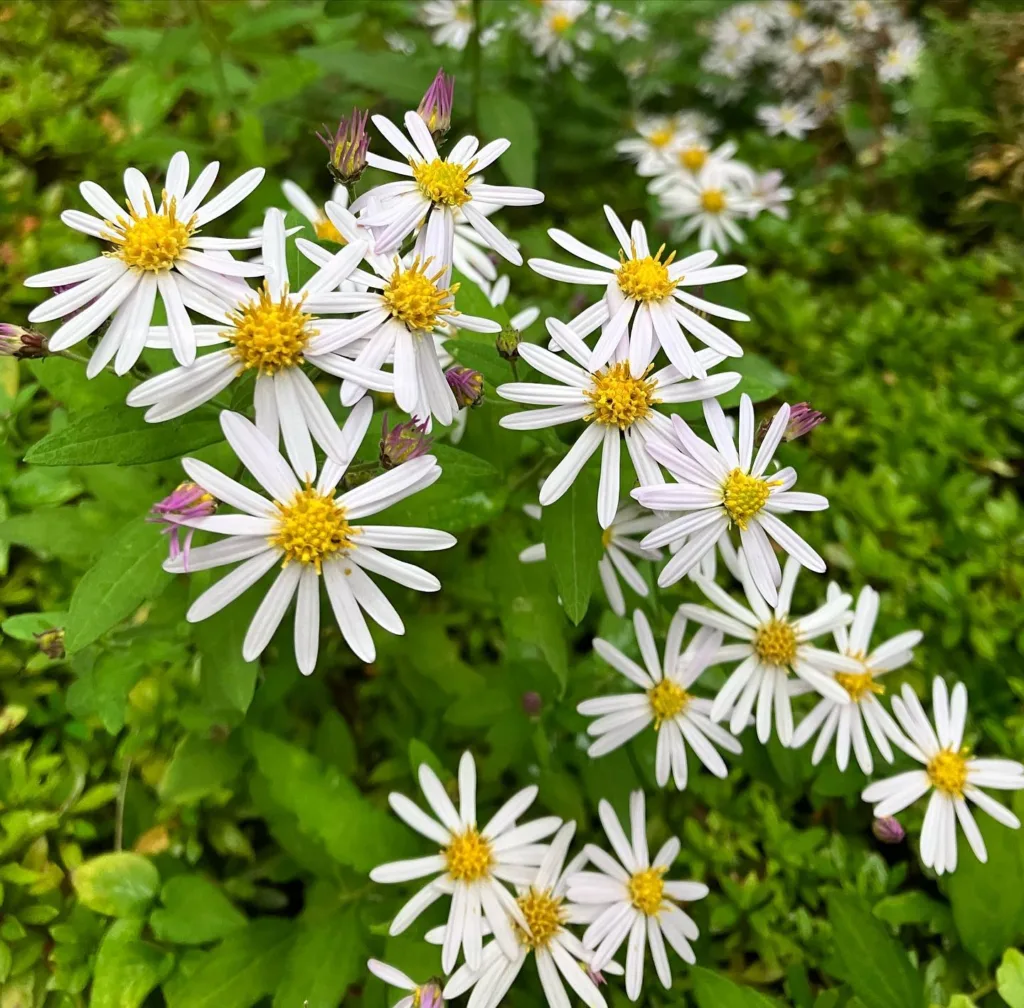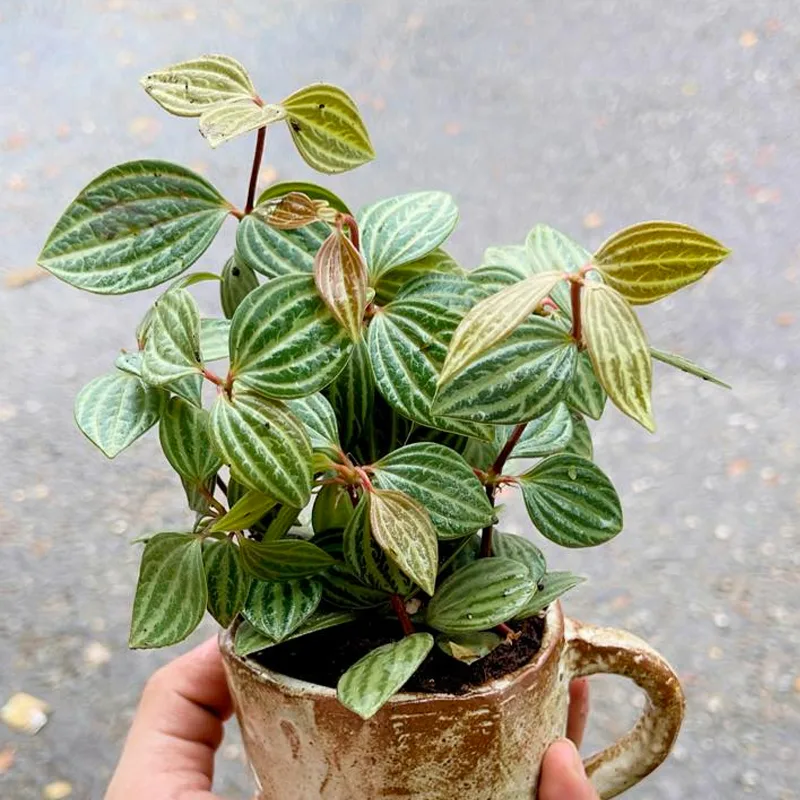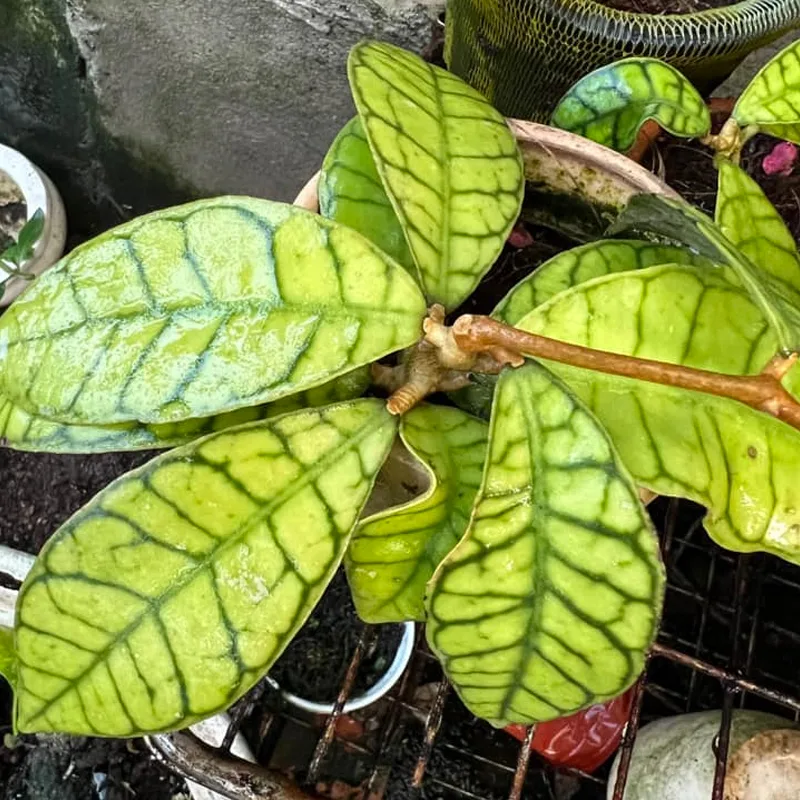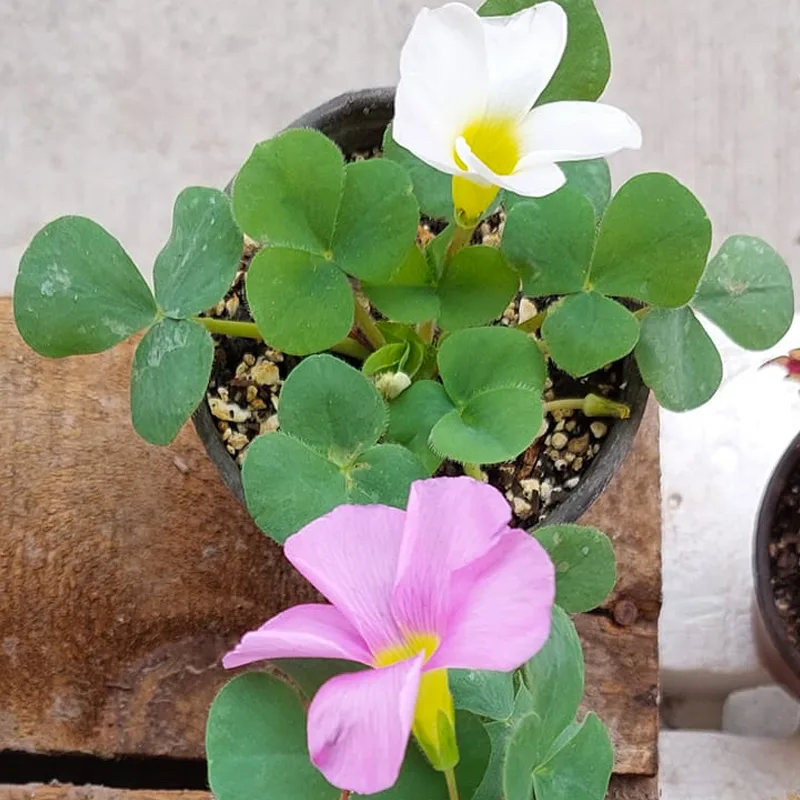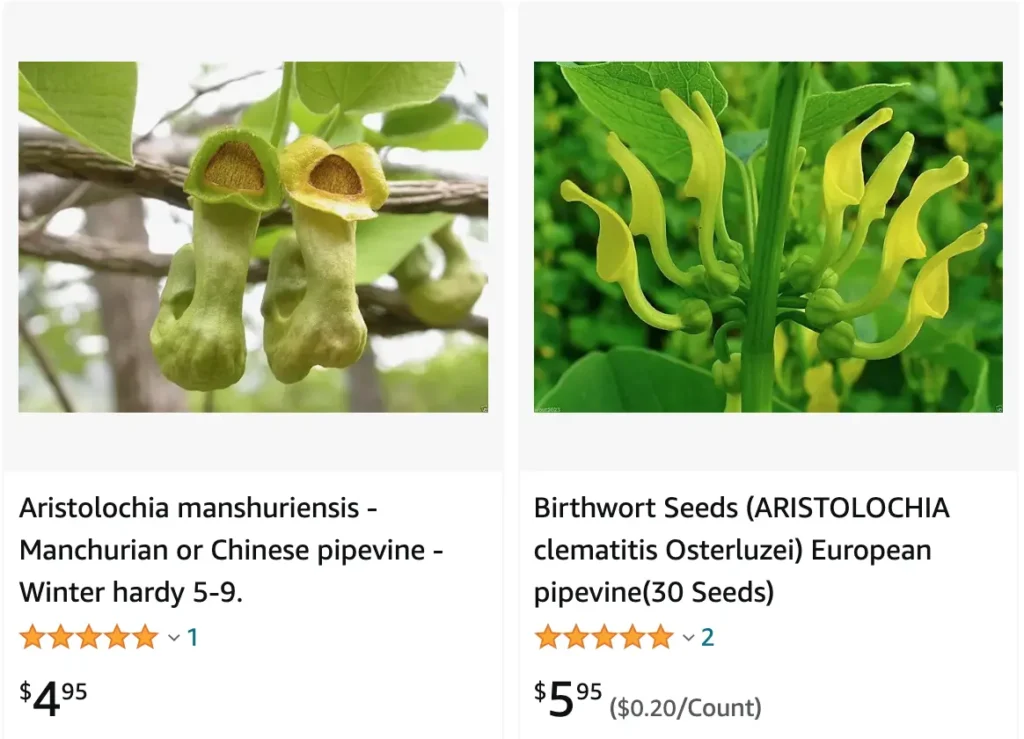
The Allure of the Dutchman’s Pipe: A Gardener’s Guide to Aristolochia macrophylla
FFor years, I’d been captivated by the whimsical beauty of climbing vines. Their ability to transform a bare wall or fence into a cascading tapestry of greenery never fails to impress. Then, I stumbled upon Aristolochia macrophylla, also known as the Dutchman’s Pipe, and it was love at first sight.
This vigorous vine, native to eastern North America, boasts not only stunning heart-shaped leaves, but also unique, pipe-shaped flowers that resemble (you guessed it) old-fashioned Dutch smoking pipes. Intrigued by its potential to add drama and whimsy to my garden, I delved deeper into the world of Aristolochia macrophylla.
553 Species in Genus Aristolochia
Pipevine vs spicebush swallowtail
I’ve found that Pipevine Swallowtails are a joy to watch in my garden, their striking black and blue patterns always catching my eye, while Spicebush Swallowtails, with their more subtle green and blue hues, offer a quieter but equally captivating presence.
Pipevine vs polydamas
In my experience, Pipevine Swallowtails are more frequent visitors to my garden compared to Polydamas Swallowtails, which I’ve only seen sporadically but am always excited to spot due to their unique orange and black coloring.
How Fast Does Aristolochia macrophylla Grow?
One of the first things that piqued my curiosity was the growth rate of this fascinating vine. Imagine my delight when I discovered that Aristolochia macrophylla is a fast grower. With proper care, it can reach heights of 20 to 35 feet in just a few years. This rapid growth makes it ideal for quickly covering unsightly structures or creating a living screen.
However, its fast growth also necessitates providing ample support for the vine. Sturdy trellises, arbors, or fences are essential to prevent the vine from becoming unruly or damaging nearby structures.
Where to Buy Dutchman’s Pipe Aristolochia macrophylla?
Finding Aristolochia macrophylla can be a bit of a treasure hunt. While some local nurseries may carry it, it’s not as ubiquitous as some other vining plants. Your best bet might be to look for online retailers specializing in native plants. Here, you’ll have a wider selection and can ensure you’re getting a healthy, established vine.
Another option is to propagate your own Aristolochia macrophylla from seeds or cuttings. This can be a rewarding experience for gardeners who enjoy the challenge of nurturing a plant from scratch. Just be aware that propagation takes time and may not be successful for everyone.
Will Aristolochia macrophylla Harm Trees?
While the fast growth of Aristolochia macrophylla is a plus for covering structures quickly, it’s important to consider its placement carefully. This vine is a twiner, meaning it climbs by wrapping itself around supporting structures. While this is beneficial for trellises and fences, it can be detrimental to trees.
The weight of a mature Aristolochia macrophylla vine can strangle young trees, hindering their growth and potentially leading to their death. Therefore, planting Dutchman’s Pipe directly on a tree trunk is a big no-no. Keep a safe distance between the vine and any trees you want to protect.
Planting and Caring for Dutchman’s Pipe
Once you’ve acquired your Aristolochia macrophylla, planting and care are relatively straightforward. The vine thrives in moist, well-drained soil with full sun to part shade. Amending the soil with compost before planting will provide essential nutrients for healthy growth.
Regular watering is crucial, especially during the first growing season. Once established, the vine becomes more drought tolerant. However, extended dry periods can stress the plant, so keep an eye on soil moisture and water accordingly.
Aristolochia macrophylla is a relatively low-maintenance vine and doesn’t require frequent fertilization. A light application of a balanced fertilizer in early spring might be beneficial, but avoid overdoing it.
Pruning and Maintaining Dutchman’s Pipe
While not strictly necessary, occasional pruning can help maintain the desired size and shape of your Aristolochia macrophylla. The best time to prune is during the dormant season, typically late fall or early winter.
Pruning can also encourage bushier growth and promote more flowers. Just be sure to use sharp pruners and make clean cuts to minimize damage to the vine.
A Perfect Partner for Butterflies
One of the delightful aspects of Aristolochia macrophylla is its role in attracting butterflies. The unique, pouch-like flowers emit a foul odor that attracts butterflies of the genus Battus, commonly called pipevine swallowtails.
These butterflies have a symbiotic relationship with the Dutchman’s Pipe. They lay their eggs on the leaves, and the emerging caterpillars feed exclusively on the Aristolochia macrophylla foliage. In return, the caterpillars develop a defense mechanism by ingesting the plant’s toxic chemicals, making them unpalatable to predators.
So, planting a Dutchman’s Pipe vine not only adds beauty to your garden but also contributes to the delicate balance of the local ecosystem.
The Allure of the Dutchman’s Pipe
With its fast growth, captivating flowers, and ability to attract butterflies, Aristolochia macrophylla offers a unique combination of visual appeal and ecological benefit. By following these simple tips, you can successfully cultivate this fascinating vine and transform your garden into a captivating haven. The whimsical charm of the Dutchman’s Pipe vine, with its cascading foliage and intriguing blooms, is sure to become a conversation starter among visitors. Beyond its aesthetics, Aristolochia macrophylla fosters a vital link in the butterfly lifecycle, making it a welcome addition for any garden that embraces the wonders of nature.
If i die, water my plants!
